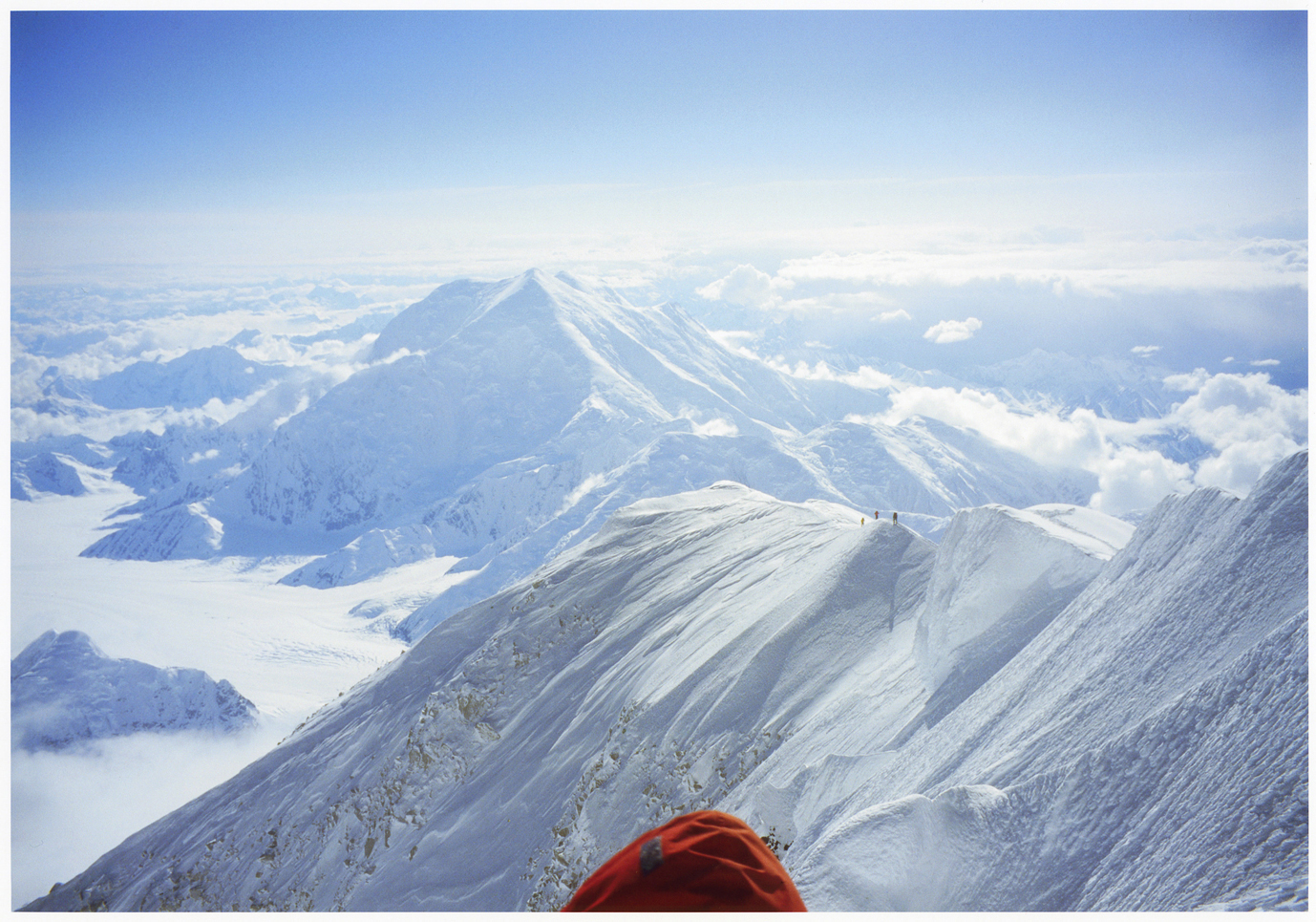Naoki Ishikawa does not seem to want to take fantastically dramatic photographs. He has travelled from the North to South Pole, climbed "The Seven Summits," the highest mountains of every continent, and traveled the length of the Japan, but his images are remarkable for their restraint and subtlety. In his solo show at Art Tower Mito, there are awe-inspiring views to be seen — the huge slab-sided wall of a glacier jutting into the sea under an overcast sky, for example, or the peak of Mount Fuji floating on a sea of clouds — but pictorial extravagance may not be the main point.
Sweeping views in eye-popping color and razor-sharp focus are the meat and potatoes of professional and dedicated amateur landscape photographers, whose objective is for the viewer to gorge themselves with visual pleasure. But photography is only part of what Ishikawa does. For Ishikawa, traveling, "peak bagging," watching, walking, reading and writing all seem to be considered as part of a whole that is living. It's a Renaissance man thing, with the addition of the mechanical gaze of the camera, which Ishikawa, more often than not, uses to promote general consideration of his surroundings, rather than delight or awe.
The work of American philosopher, educational reformer and humanist John Dewey (1859-1952), I guess, may be close to Ishikawa's heart. When criticizing the separation of art and life in his critique "Art as Experience," Dewey wrote: "Mountain peaks do not float unsupported; they do not even just rest upon the earth. They are the earth in one of its manifest operations." For Dewey, art was about having aesthetic experiences in life, rather than considering objects with purely theoretical detachment.



















With your current subscription plan you can comment on stories. However, before writing your first comment, please create a display name in the Profile section of your subscriber account page.